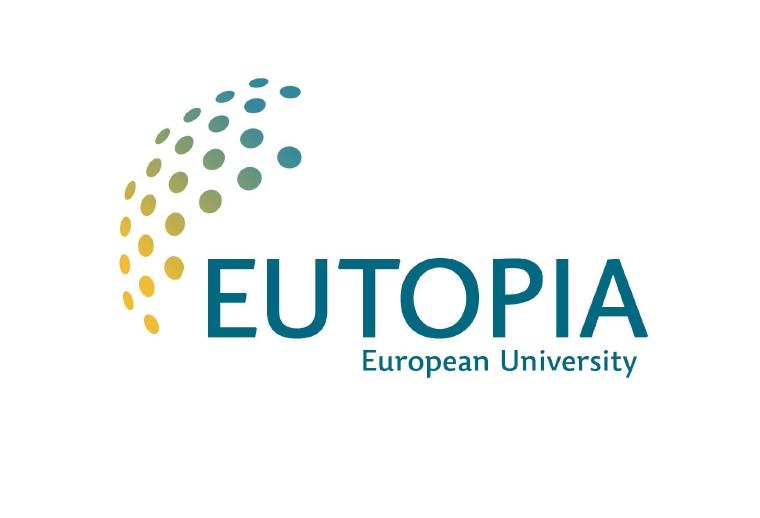Mme Yuqing ZHANG will defend her thesis untitled :
"Partially perfluorinated derivatives as powerful components for artwork restoration"
On March 21st 2022.
Realised under the co-direction of Dr.Agnès Lattuati-Derieux, Pr. Nadège Lubin-Germain et Dr. Antonella Salvini.
Mme Yuqing ZHANG will defend her thesis untitled
Partially perfluorinated derivatives as powerful components for artwork restoration
On March, 21st 2022
14 h, Amphithéâtre A4
Realised under the co-direction of Dr.Agnès Lattuati-Derieux, Pr. Nadège Lubin-Germain et Dr. Antonella Salvini.
Membres of jury : Dr. Donatella Giomi, Dr. Rodorico Giorgi, Pr. Anna Maria Papini, Pr. Yves Queneau, Pr. Nathalie Steunou, et Dr. Elisabetta Zendri.
Stone artworks and easel paintings are challenged by diverse degradations. In particularly, this thesis focuses on two restoration issues mainly induced by liquid water or moisture, which are stone degradation and blanching of easel paintings. From previous research, partially perfluorinated derivatives have been proved to provide promising restoration performance on those two restoration issues, by showing good water repellency as stone protective products and decreasing blanching in easel paintings. Inspired by those results, two families of partially perfluorinated derivatives with hydroxyl groups are proposed and designed as stone protection and blanching painting restoration products in this thesis.Those hydroxyl groups could give good adhesion on polar stone substrates by hydrogen bonding. Meanwhile, hydrophobicity of the compounds can be realized by the perfluorinated chains. The first series of compounds proposed and synthesized is partially perfluorinatedC-glycosides. C-glycosides are carbon-linked analogues of naturally occurring sugars, whichhave high hydrophilic properties due to the polar hydroxyl groups. In addition to the hydrophilicity and water repellency, C-glycosidesthemselvespossess an improved stability towards hydrolysis.Starting from the unprotected carbohydrate, the natural, renewable and cheap d-glucose, viaLubineau reaction and followed by the convenient one-pot reductive amination reaction, the target compound (partially perfluorinated C-glycoside) was successfully obtained. Besides, partially perfluorinated C-glycoside with acetyl groups as protecting groups has been successfully synthesized as a contrast compound, in order to investigate if hydroxyl groups in C-glycoside can improve the restoration efficacy as expected. Then, those new partially perfluorinatedC-glycosides have been tested on stone materials as protective products, and on blanching mock-up painting samples. The results indicated that different properties of those C-glycosides caused by the hydroxyls, like physical states, solubility, color and interaction with stone and painting substrates, have been influenced their behaviors as the restoration products. The other series of compounds proposed is partially perfluorinated hydroxylated oligoamides.In order to further improve the interaction between partially perfluorinated oligomers and polar substrates, new partially perfluorinatedhydroxylatedoligoamides derived from different monomers (dimethyl L-tartrate, diethyl succinate, diethylenetriamine or ethylenediamine) have been successfully synthesized. Those compounds have different structures and properties, i.e. solubility, hydrophilicity, chain length, molecular weight, and etc.Besides, in order to understand the roles of hydroxyl group and amine in the applicative performance, new partially perfluorinatedoligamides with no hydroxyl groups, but with the unchanged amine and succinate sources were successfullysynthesized. Then, those new partially perfluorinated derivatives were tested on stone and mock-up blanching painting samples. The results showed that their efficacy for restoration was highly influenced by the structures and properties of the molecules.At the end, 4 promising new partially perfluorinated derivatives for stone protection and blanching painting restoration have been selected. Further optimization of the structures of molecules and their practical process for the application on stone artefacts and easel paintingsworth being developed in the future to go deeper on this main cultural heritage approach.
Key words: cultural heritage,stone protection, blanching on/of easel painting,natural and artificial ageing, restoration, partially perfluorinatedC-glycosides, partially perfluorinated hydroxylated oligoamides,water repellency, contact angle, spectro-colorimetrymeasurement, binocular observations, SEM-EDS, FEG-SEM, FT-IR

